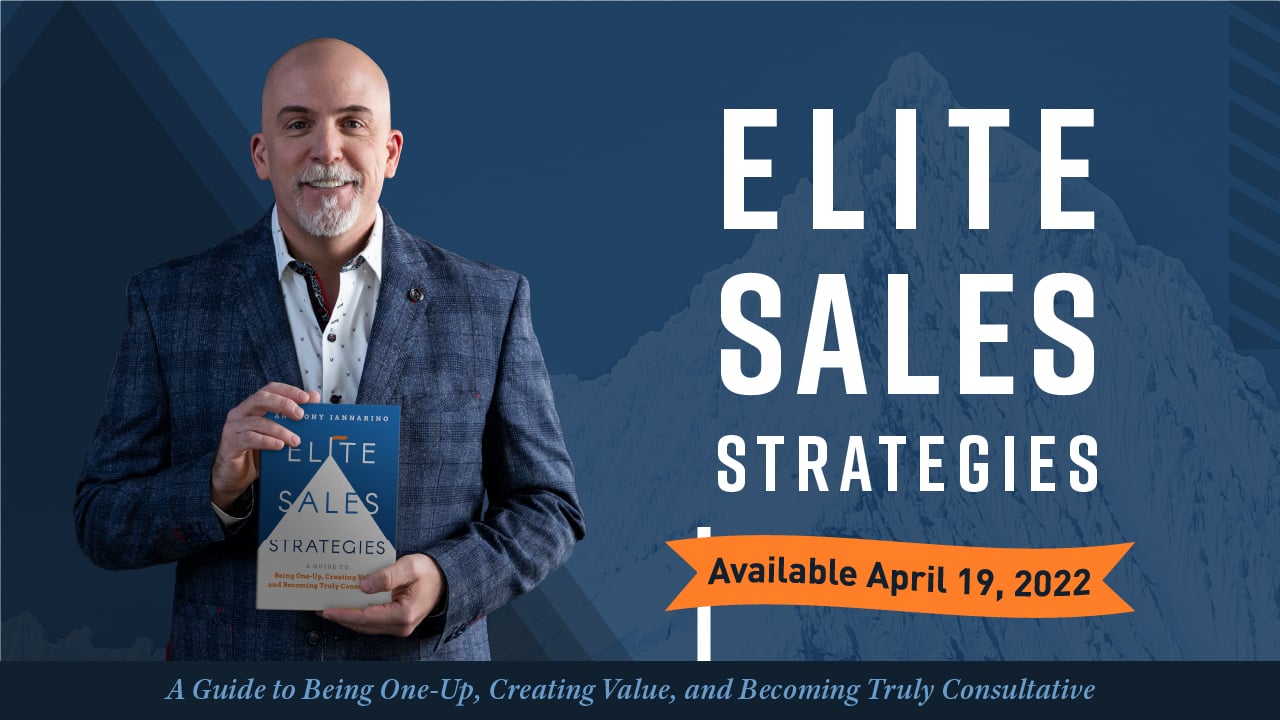In the past, the salesperson would call their prospective client and ask for a meeting. The value proposition for the meeting would be "to share a little about us, how we are helping companies like yours, and learn about you and your company." This was the cold calling script, and believe it or not, it worked. Until it didn't.
One problem with best practices in sales is that the more people do the same thing, the more it loses its efficacy. In a world with far too many companies selling the same products and solutions, your clients can't but help to view you and what you sell as a commodity. The last thing you want to do is prove it in your first meeting.
The new sales meeting agenda is a consultative conversation. But to propose and provide a better experience you must let go of the meeting agenda you know.
What to Remove from Your Sales Meeting Agenda
Before we can describe and prescribe a new sales meeting agenda, you and I must remove the components of the legacy agenda. Because we have used this agenda for such a long time, it will not be easy to let go of the crutches you and I rely on. We talk about what a new sales meeting agenda might need. But before we start, you suggest we assess our current meeting agenda.
Rapport: You and I both like people. I am an extrovert, and I like to get to know people. You are an introvert, but you feel better if you can connect to the contact before getting down to business. But because our contacts are busy and often stressed, we agree that we should try to be efficient with their time.
Your Company: We work for a great company. We have one of the most forward-thinking CEOs, and she is setting the world on fire with her innovations. The origin story of our CEO and the Company will end up on Netflix. The eight slides take the first sixteen minutes of a meeting. You notice that our contacts are checked out during this time, and you recommend we ditch it. I am aghast, but I agree to forego the company history.
Our clients: I am stunned at your idea that we drop the logo slide of all our large, well-recognized clients. How are we supposed to prove we are credible when the contact doesn't know us? I ask if we can't make a smaller version, and you decline, reminding me that clients seem more interested in their company. I am worried about what we will talk about in a sales meeting, when you do the unthinkable, you remove our solutions.
Our Solution: "Holy Hell," I say. Our solution is everything! How are we going to sell anything without explaining that our solution is the ninth wonder of the world, the be-all-end-all, best in class, world shaker? You promise it will be all right and that none of our prospective clients will miss it. I reluctantly agree, noting that this means we lead with a question about the client's problem, right? I am horrified when you say, we will not ask them about their problem.
What's Your Problem: You explain we have been selling in our industry for a long time. You and I have seen every problem in the book, and we already know what results our clients need to improve. We also know what causes these problems. I agree that everything you said was true, but how are we supposed to sell anything without these staples of the first meeting?
The New Sales Meeting Agenda
You tell me you have been secretly working on an approach that will knock our client's socks off. Instead of wasting more than twenty minutes of the client's time, we get busy helping them improve their results. You suggest that we provide them with an education on why they have poor and declining results.
The First Meeting: When we sit down across from our prospective client, you propose an agenda. I am gob-smacked when I hear you say, "What we'd like to do is share with you a short executive briefing on the trends and forces causing companies to struggle to produce the results they need. After that, we can share some of what we see working and what isn't." The client agrees to the agenda.
Lean Forward Conversations: As you are briefing our client, I am shocked that our main contact is leaning forward. Normally, they lean back and try to wait out the long introduction. This contact is engaged in a conversation and is asking questions. While you are briefing the client, it seems as if you have positioned yourself as a credible authority, and the client seems to believe this is true. I wonder what kind of black magic or voodoo you used to accomplish this miracle of miracles.
The Second Meeting: When you ask our main contact for another meeting where we can share what's working, what's not, and to explore what our prospective client might need to do to improve her results, she opens her calendar and schedules a meeting. In my confusion, I must have missed the part where she asked you to call her next week to schedule another meeting.
The legacy agenda is no longer the best way to establish a sales meeting agenda. It screams "why us," even though your contact isn't trying to determine who they will buy from. They do, however, have a keen interest in learning what they need to know to improve their business.
This new approach provides a chance for you to establish your credibility, your relevance, and your position as an expert and authority. For more about this approach, see Elite Sales Strategies: A Guide to Being One-Up, Creating Value and Becoming Truly Consultative.












